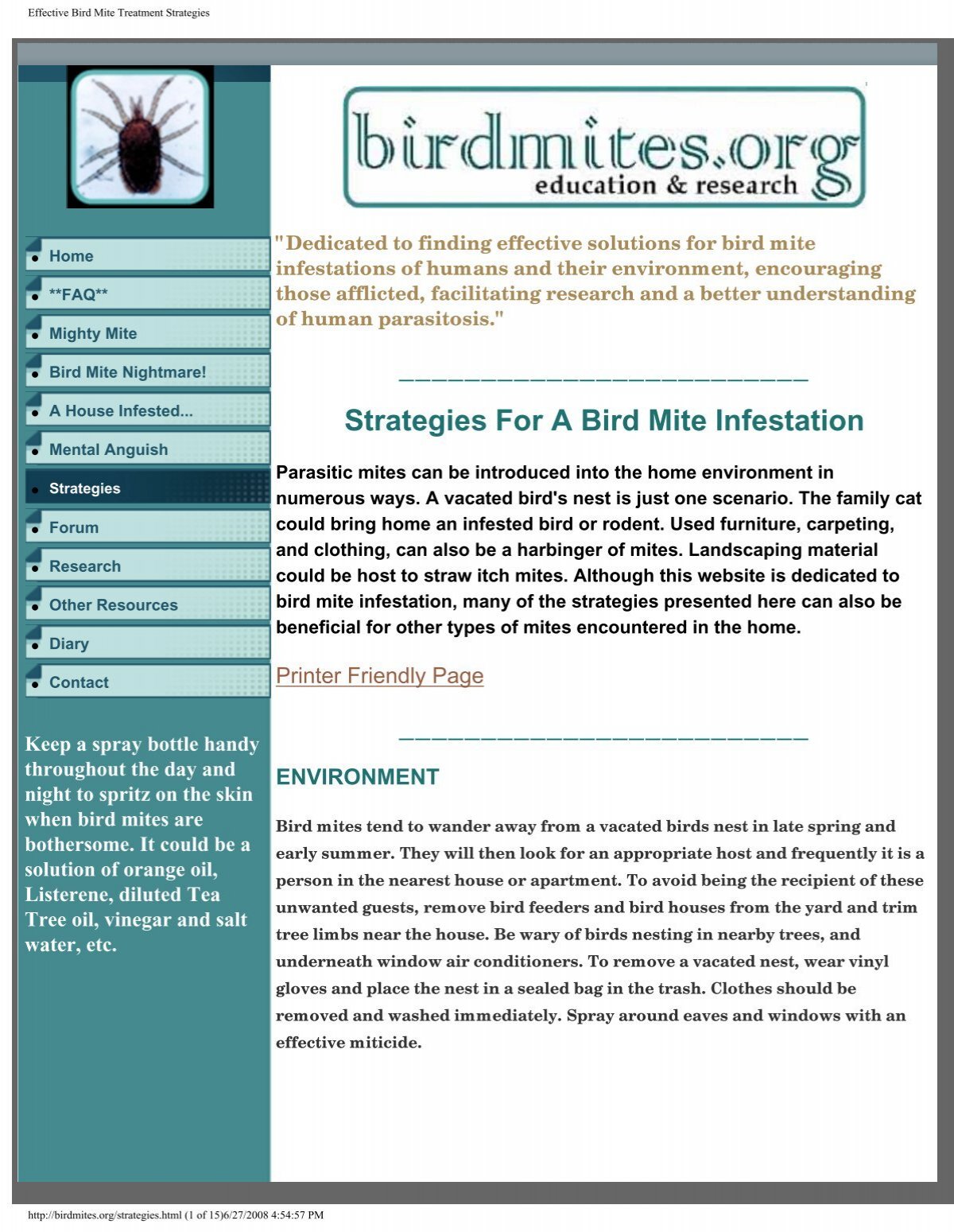
Here’s a structured and informative article based on your provided content:
—
Female Birds That Nest in Tree Cavities are Biologically Programmed for Aggressive Protection, New Study Reveals
In the realm of nest defense, female birds exhibit vastly different behaviors. Recent pioneering research from Duke University indicates that female birds utilizing limited, pre-existing tree cavities for nesting display significantly more aggression towards intruders compared to their species that can establish nests in a wider range of locations.
The findings, published in Nature Ecology and Evolution, showcase an intriguing instance of convergent evolution—where unrelated species develop similar characteristics independently. The characteristic of heightened aggression in females has evolved separately across various bird families, as discovered by the researchers.
“It was a remarkably striking behavioral pattern,” stated lead researcher Sara Lipshutz, an assistant professor of Biology at Duke University. “The competition pressure resulted in increased aggressiveness, particularly in females.”
A Competitive Nesting Environment
To investigate this trend, the global research team examined closely related bird species across five families: swallows, wood warblers, sparrows, thrushes, and wrens. From each family, they identified one species that is an “obligate cavity nester”—a bird that must locate and utilize pre-existing tree holes—and another species with more flexible nesting behavior.
Through experimental setups featuring decoy birds and recorded calls placed near active nests, the researchers analyzed how ferociously resident birds responded to the presence of a potential intruder.
The outcomes were unmistakable: cavity-dependent birds—particularly females—exhibited significantly greater aggression than their more versatile counterparts. The evolutionary stakes are substantial. In species where cavities are rare, losing a nesting location could equate to losing the opportunity to reproduce in that breeding season—a considerable evolutionary penalty that intensifies competition.
“It wasn’t limited to a single bird family,” remarked Kimberly Rosvall, a Duke alumna whose laboratory at Indiana University contributed to the project. “The competition pressure resulted in heightened aggressiveness, particularly in females.”
A Surprising Development in Aggression Biology
Typically, heightened aggression is linked to increased testosterone levels. Interestingly, however, the researchers did not detect elevated testosterone in aggressive female cavity-nesters, implying that different biological processes were influencing these behaviors.
To investigate further, the team examined gene expression patterns in the birds’ brains. They anticipated identifying a consistent set of “usual suspect” genes linked to aggression. However, they uncovered a far more complex tableau: hundreds of genes seem to operate in nuanced, intricate combinations, with these genetic patterns differing among various species.
“There are likely several hundred genes linked to aggression, and they’re probably all collaborating in subtle ways,” Lipshutz clarified. “Those combinations aren’t uniform across species, which is quite fascinating from an evolutionary standpoint. It illustrates that there are diverse routes to achieving the same behavioral result.”
In essence, evolution has discovered numerous genetic solutions to manifest the same aggressive behaviors—a striking showcase of how varied biological pathways can cultivate similar attributes across unrelated species.
Implications for Evolutionary Biology—and Backyard Birdwatchers
This research underscores how ecological pressures, such as competition for nesting areas, influence animal behavior while also stressing the significance of examining both sexes in evolutionary research. Although traditional studies frequently concentrate on male competition and aggression, this investigation highlights that females can experience their own substantial evolutionary challenges.
For backyard bird watchers, the findings may clarify why certain cavity-nesting species display pronounced territoriality near birdhouses and nest boxes. Their intensity isn’t solely a matter of personality—it’s a matter of evolutionary survival in action.
As Lipshutz and her colleagues noted: “There are numerous pathways to create an aggressive bird.”
—
If you appreciated this examination of evolution and animal behavior, please consider supporting independent science journalism. Your contributions enable us to illuminate significant discoveries like this one! Thank you for making a difference.
—
Would you also prefer a more relaxed or magazine-style rendition of this article, tailored to your publication needs?